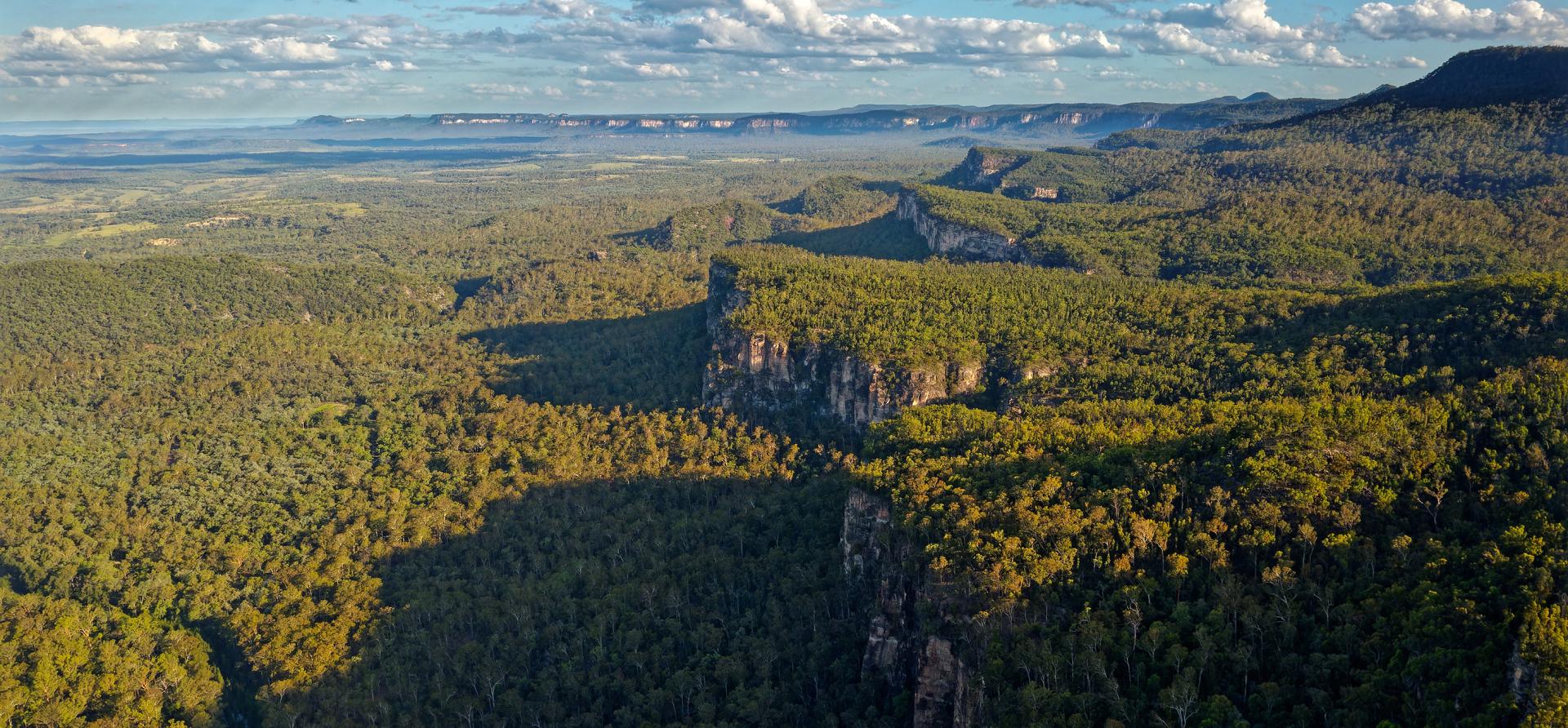Declining LNG markets pose risks for Arrow’s Surat Gas Project
Download Briefing Note

Key Findings
Arrow Energy is progressing development of its A$10 billion Surat Gas Project after a decade of financial losses.
Declining LNG market prices, and the potential for lower domestic prices, threaten the financial returns for the project and create stranded asset risks.
The coal seam gas development also poses risks for highly valuable agricultural areas in the Surat Basin, risks that have already been realised in some areas.
Further development of gas reserves, particularly in priority agricultural areas, should be carefully weighed against the immediate and longer-term impacts to agricultural practices and output.
After years of exploration and more than A$10 billion in losses, Arrow Energy is progressing development of its Surat Gas Project in Queensland. However, declining international LNG prices could undermine the project’s financial returns.
Arrow Energy, a 50:50 Joint Venture between Shell and PetroChina, holds significant gas reserves in the Surat and Bowen basins in Queensland, and as at June 2022 was the second-largest holder of proven and probable (2P) gas reserves on Australia’s east coast. Despite this, Arrow has historically supplied relatively small volumes to the east coast gas market (in which the Surat Basin is located), in part due to delays to sanctioning of its Surat Gas Project. For example, in 2019, Arrow supplied about 10% of east coast gas supply.
In 2020, however, Shell announced it had taken a final investment decision (FID) to develop phase 1 of the project, with gas intended to be supplied into both the east coast and LNG markets. In the longer-term, continued development of the Surat Gas Project is contingent on Arrow Energy reaching FID for subsequent development phases.
While Arrow Energy is the operator of the project, in practice Shell is likely to market most of the gas from the project given it has contracted the “bulk” of Arrow’s Surat reserves and has in place “exclusivity arrangements … with Arrow for the supply from the Surat Gas Project”. Under this arrangement, Shell will purchase gas from Arrow Energy to supply its QCLNG export facility at Curtis Island and onsell to other gas users. The Surat Gas Project was originally intended to supply Arrow Energy’s proposed export facility, underscoring the links between the project and LNG markets.
However, declining LNG market fundamentals, and the potential for demand in the east coast gas market to decline faster than anticipated, could lower LNG and gas prices, and diminish returns from the project. In practice, whether this risk is borne by Shell, Arrow Energy (or both) will depend on the pricing arrangements under their gas supply agreement (GSA). For instance, if the GSA specifies a fixed price (for gas sold by Arrow Energy to Shell), Shell will bear the price risk. Conversely, if the GSA contains a floating price, Arrow Energy will also be exposed. Regardless, declining gas and LNG prices pose a risk to the project’s financial returns.
Governments may also face revenue risks, with declining international LNG and oil prices likely to lower taxation revenue and potentially royalty payments (a possibility acknowledged by the Queensland government). The Surat Basin project, on priority agricultural land, could further affect government revenue from agricultural production in a region that is a significant contributor to Queensland’s gross state product and taxation revenue.
















